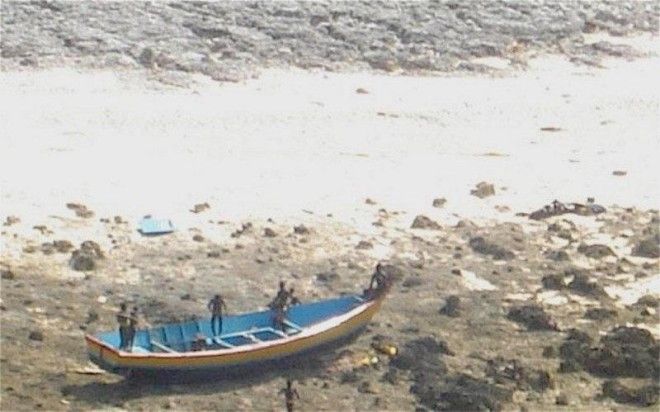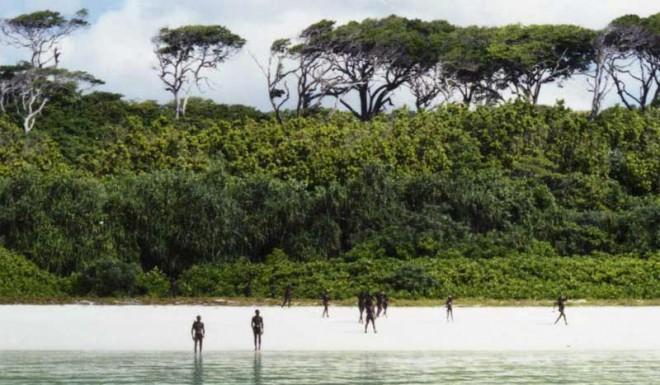They've never developed agriculture — they still practice hunting and gathering, like all humans did prior to the development of agriculture about 10,000 years ago. There's been so little contact with the group that very few photos exist, beyond those taken far from shore or from the air.
But unlike uncontacted tribes hidden away in places like the Amazon Rainforest, we've known about the Sentinelese for centuries, and they want nothing to do with us. They have violently rejected contact with the groups of various nationalities that have attempted to communicate with the tribe, from colonial European explorers to the Indian coast guard. Other than a few isolated trips by anthropologists, they've greeted visitors — and shipwreck survivors — with arrows.
As an important caveat, referring to tribes as living outside of "modern society" is a bit of a misnomer, since all cultures on earth today are modern cultures — technological advancement not required.
Here's how the Sentinelese have managed to ward off outside society for so long.
North Sentinel Island lies off the coast of the Great Adaman archipelago, a chain of islands in the middle of the Indian Ocean, between India and the Malay Peninsula.
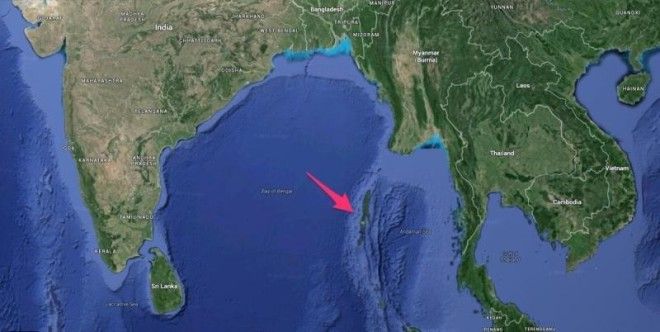
The Andaman Islands, along with the nearby Nicobar Islands, are a territory of India. Many Indians live on the island, in addition to small populations of native Andamanese people.
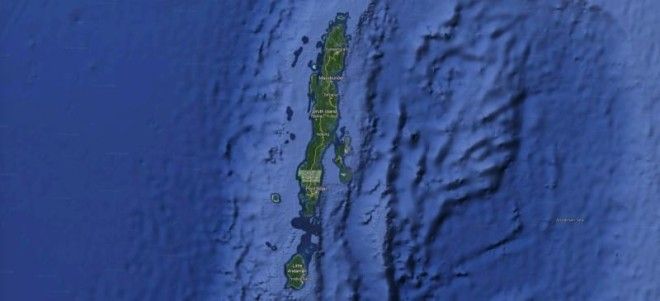
The most populous tribe on the islands, the Jarawa, have recently been the victims of disruptive "human safaris" that take place along the Great Andaman Trunk Road, which runs the length of the three main islands.
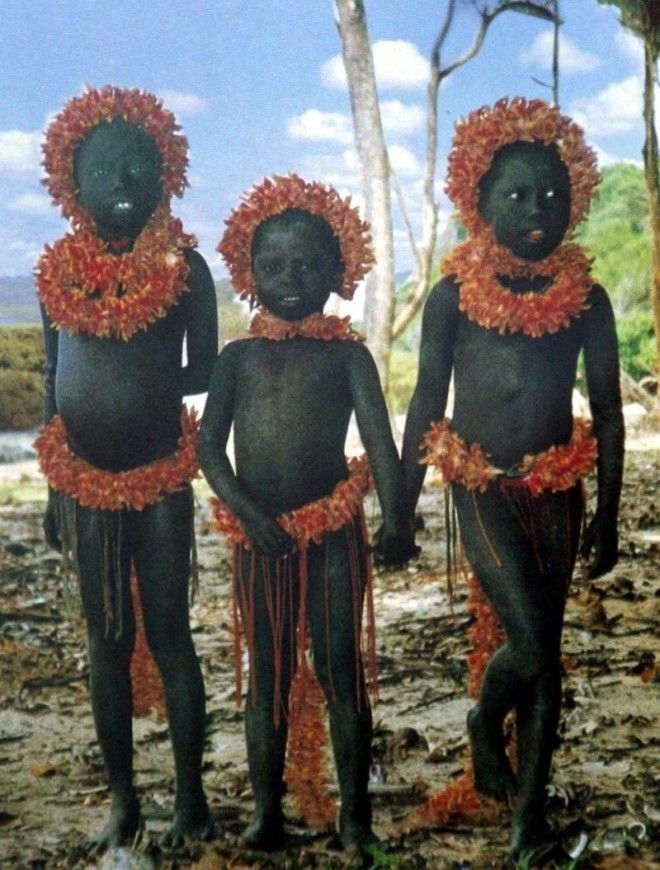
But the people of the tiny North Sentinel Island are a whole different case.

The island is a remote place, but hardly the most isolated — it's not some impenetrable jungle corner of the Amazon. Yet the people of the island have, with a few exceptions, completely rejected contact with the outside world for all of recorded history.
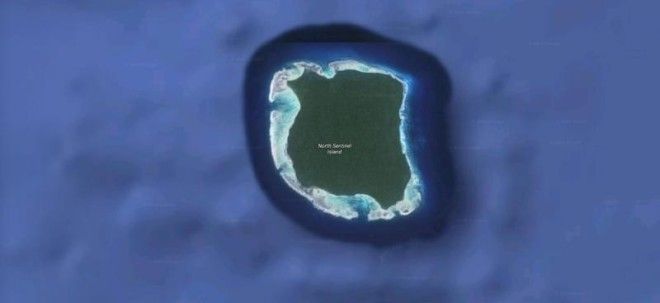
Other than colonial Europeans visiting the larger Andaman islands, and occasional shipwreck survivors surviving being stranded on hostile North Sentinel, the island remained largely untouched.

In 1880, a British expedition, led by M.V. Portman, kidnapped six natives of the island and returned the ones who didn't succumb to illness with gifts,
Advertising

In the 1960s, the Indian government once made it a mission to establish contact with the Sentinelese. Regular trips began in 1967, though they accomplished little besides leaving gifts for the islanders.
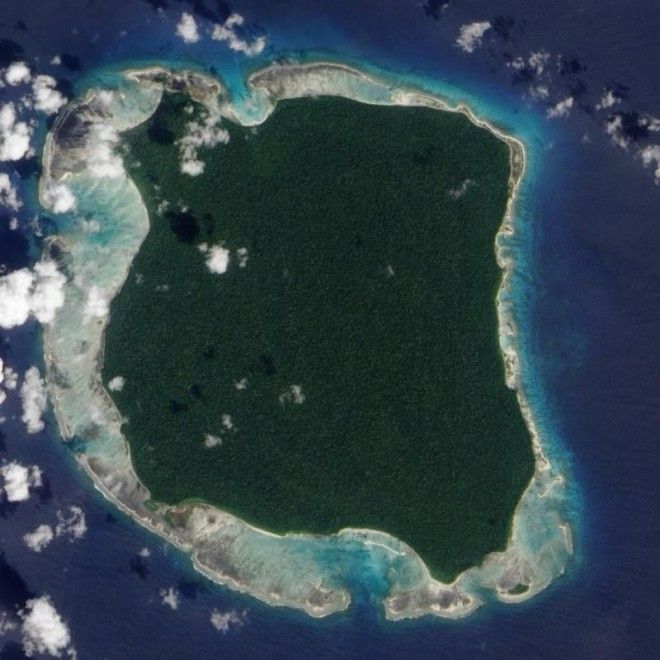
In 1981, a Panamanian freighter called the Primrose got stranded on the reefs surrounding the island. The Sentinelese rained arrows down on the wreck, while the unarmed crew waited a week to be rescued. The hulk of the Primrose still remains on the reef today.

A decade later, in 1991, an Indian anthropologist named Madhumala Chattopadhyay managed brief, friendly contact with the inhabitants on a few trips to the island. But for the sake of protecting the Sentinelese from disease, the Indian government discontinued any further anthropological trips.
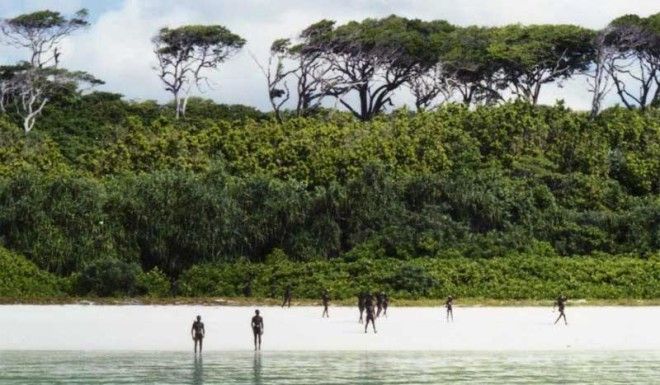
Since those trips, the Sentinelese have rescinded their friendliness. Following the 2004 Indian Ocean Tsunami, an Indian coast guard helicopter surveying the island was attacked with arrows.

The Sentinelese seem to have successfully weathered the devastating tsunami, seeking higher ground before the storm hit.

In 2006, two Indian fishermen were killed when they strayed too close to the island. To this day, the island remains an exclusion zone, for the safety of both outsiders and the Sentinelese.
